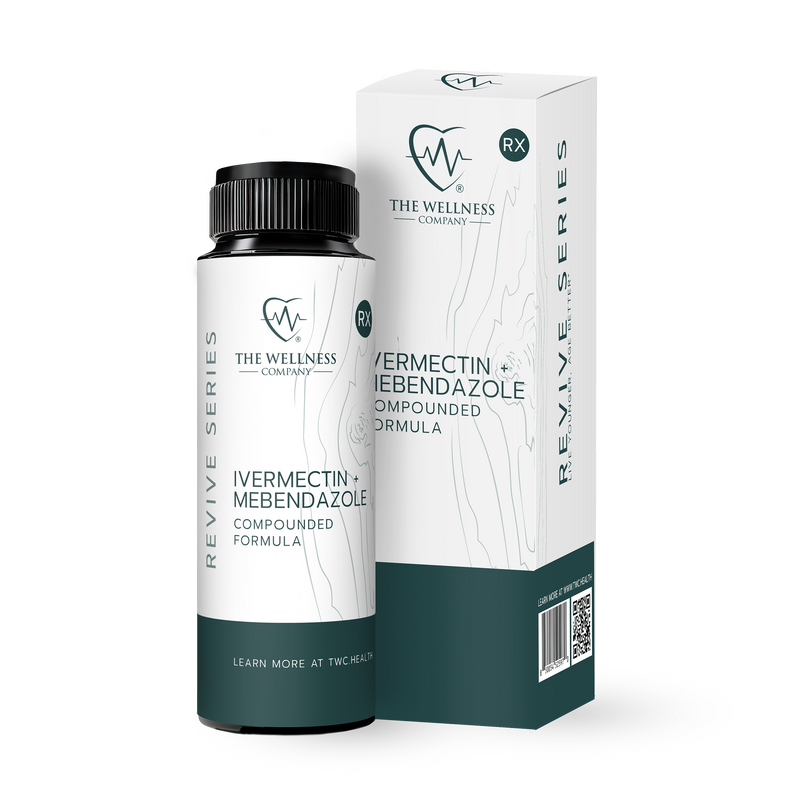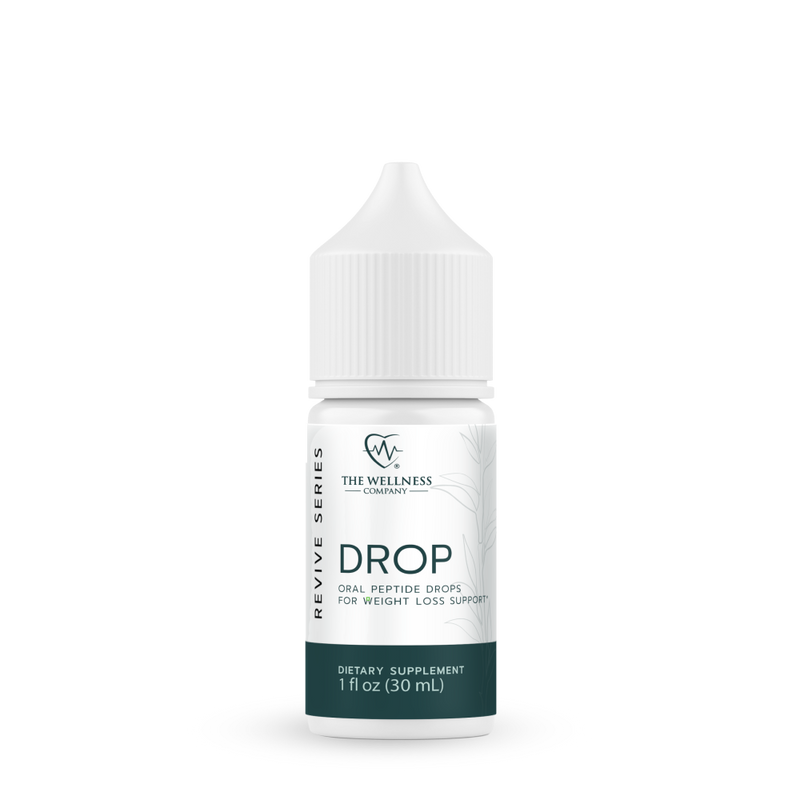Blood Pressure 101: Measurement, Management, and More

Almost one half of all Americans have high blood pressure, also called hypertension [1]. This fact does not bode well for the health of our nation; hypertension is the single most powerful predictor of heart disease and stroke, and is also linked with kidney disease, visual impairment, and a host of other health issues.
We all know that hypertension is bad. But why, exactly, does the fluid pressure within our blood vessel walls so powerfully impact our health? And given its importance, what can we do to improve it?
In today’s article, we explore the ins and outs of blood pressure, clarifying how high is too high, how hypertension affects various organs, how to avoid common pitfalls in measuring blood pressure, and how to make small lifestyle changes to improve your blood pressure.
How Hypertension Harms
Healthy blood pressure levels are considered to be 120 (systolic) over 80 (diastolic) mmHg or below. According to recent guidelines, hypertension is defined by a reading of over 130 mmHg over 80 mmHg [2].
Hypertension seems to harm just about every organ in our bodies. It is associated with diseases of the heart, the kidney, the brain, the visual system and more [3]. It has such wide-ranging effects for a simple reason: our organs all rely on blood vessels to supply them with nutrients and energy. The health of our blood vessels is therefore inextricably linked to the health of all our organs.
When the pressure of fluid in our blood vessels is too high for too long, they can weaken, narrow, and harden, becoming less capable of delivering blood to tissues that need it. In the kidneys, this means less capacity to filter fluid and regulate electrolytes. In the brain, this means a higher risk of stroke. In the heart, this means a higher risk of blood clots that can cause cardiac arrest.
Understanding the physiology of hypertension is worthwhile, but this knowledge won't get you very far without knowing the basics of how to measure blood pressure accurately.
What Gets Mismeasured Gets Mismanaged
The management guru Peter Drucker famously quipped that “what gets measured gets managed.” As it relates to blood pressure, unfortunately, the inverse is also true: what gets mismeasured gets mismanaged. Only by first establishing an accurate baseline of your blood pressure can you quantify your disease risk, and act on it.
One well-studied complication around measuring blood pressure involves "white coat hypertension," where the stress of being in a medical setting causes blood pressure to artificially spike. Studies show this affects up to 30 percent of people [4]. Some experts argue that for this reason, an automatic measurement cuff used independently at home can provide more precise, consistent results. Lists of validated at-home units can be found easily online.
Another important factor influencing measurement reliability is the position of your body while testing [5]. Standing or sitting with crossed legs can skew results, so people should sit with their back supported against a chair, their feet flat on the ground, and their arm at heart level. It is also important to sit quietly for at least 5 minutes before taking a reading, as it takes time for resting blood pressure to settle after changing positions. As painful as it is to sit and do nothing for five minutes, try to avoid the temptation to scroll through your twitter feed (this is well known to raise blood pressure!).
It is also important to avoid caffeine, nicotine, and alcohol for at least 30 minutes before testing. These compounds can all temporarily alter blood pressure.
Lastly, and maybe most importantly, it is critical to test frequently and calculate an average, rather than relying on a single test. Just like weighing yourself once per week can be misleading due to salt and water fluctuations, testing blood pressure randomly every few weeks or months involves too many fluctuating variables to be reliable. It is much more reliable to test every day for a week and calculate an average.
While all these caveats may making testing blood pressure sound like a complicated hassle, I guarantee you it beats the hassle of renal failure or a heart attack. The reality is that you can’t solve a problem that you don’t know exists.
Principles for Managing Blood Pressure
Fortunately, there are several lifestyle strategies known to improve blood pressure. Regular exercise, particularly aerobic exercise, can help reduce the stiffness of arteries, increase the size and flexibility of blood vessels, and lower stress hormones, all of which can improve blood pressure. Read more about how exercise protects your heart here.
Diet is another crucial factor to consider. While this area is more controversial, and lots of experts have lots of different opinions, we can confidently say that a calorie-controlled diet rich in whole foods, fiber, and healthy fats is your best bet.
Supplementation is also an avenue to consider. Dr. Peter McCullough's Healthy Heart & Muscle Formula is an expertly curated supplement containing a blend of ingredients designed to support cardiovascular and muscle function. These ingredients work synergistically to enhance muscle performance, exercise endurance, and cardiac function. The formula includes thiamin, riboflavin, vitamin B6, folate, biotin, pantothenic acid, selenium, D-ribose, L-carnitine, and Coenzyme Q10. These ingredients play critical roles in energy metabolism, the production of red blood cells, optimal nervous system functioning, and immune health. They are also potent antioxidants that can protect against the damaging effects of free radicals.
Bottomline
Blood pressure is a foundational piece of the wellness puzzle. By avoiding the common pitfalls in measurement and incorporating small lifestyle changes into everyday life, anyone can take control of this critical aspect of health, moving their health, vitality and longevity in the right direction.
References
[1] Whelton PK, Carey RM, Aronow WS, Casey DE, Collins KJ, Dennison Himmelfarb C, DePalma SM, Gidding S, Jamerson KA, Jones DW, et al. 2017 ACC/AHA/AAPA/ABC/ACPM/AGS/APhA/ASH/ASPC/NMA/PCNA guideline for the prevention, detection, evaluation, and management of high blood pressure in adults: a report of the American College of Cardiology/American Heart Association Task Force on Clinical Practice Guidelines.J Am Coll Cardiol. 2018; 71:e127–e248. doi: 10.1016/j.jacc.2017.11.006
[2] Iqbal, A. M., & Jamal, S. F. (2022). Essential hypertension. In StatPearls [Internet]. StatPearls Publishing.
[3] https://www.heart.org/en/health-topics/high-blood-pressure
[4] Franklin, S. S., Thijs, L., Hansen, T. W., O’brien, E., & Staessen, J. A. (2013). White-coat hypertension: new insights from recent studies. Hypertension, 62(6), 982-987. [4] Eşer, İ., Khorshid, L., Yapucu Güneş, Ü., & Demir, Y. (2007). The effect of different body positions on blood pressure. Journal of Clinical Nursing, 16(1), 137-140.














